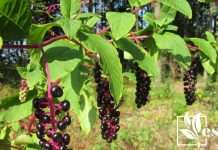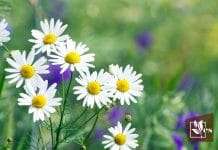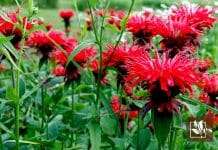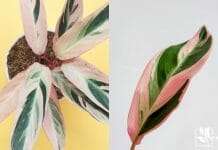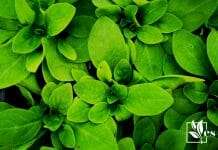Monstera laniata vs Lechleriana is a very common comparison between two specific similar-looking plants of the Araceae family. What is it that sets both of these fenestrated plants apart from each other?
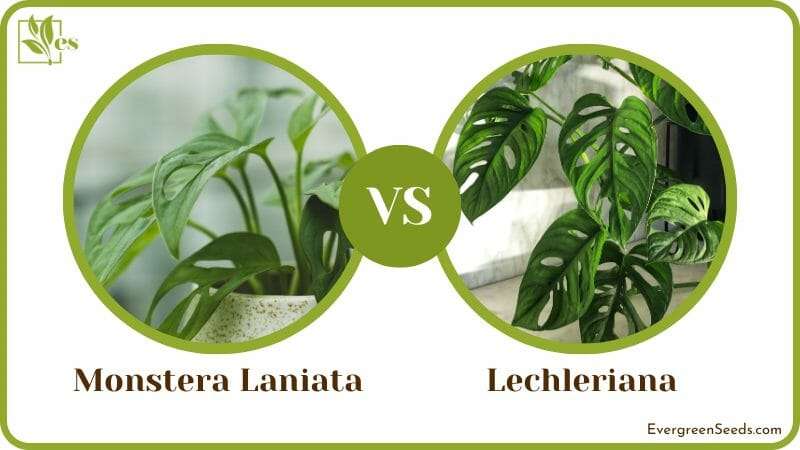
Is one better looking or easier to take care of than the other? Find out the answers to these and other questions in this comprehensive comparative guide.
JUMP TO TOPIC
Monstera Laniata vs Lechleriana Comparison Table
| Features | Monstera Laniata | Monstera Lechleriana |
| Scientific Name | Monstera adansonii var laniata | Monstera lechleriana or Monstera maxima |
| Size | Grows up to 12 feet tall | Up to 7 to 8 feet tall |
| Native to | South and Central America | Panama and Venezuela |
| US Hardiness Zone | 10b, 11a, 11b, 12 | 11b to 12 |
| Leaf Size | Up to 2 feet in length | Up to 10 inches long |
| Leaf Description |
|
|
What Are The Differences Between Monstera Laniata and Lechleriana?
The main difference between Monstera laniata and lechleriana is that Laniata is a variety of Monstera adansonii and is quite a bit larger. Its leaves are also bigger and have more fenestrations, which are also larger in size.
Both Monstera varieties are easy to grow, but Laniata can be grown comparatively in more United States hardiness zones.
What Is Monstera Laniata Best For?
Monstera laniata is best for those of you who have always wanted to grow a swiss-cheese Monstera but find it a bit too complicated to do so. It is also best for those who like propagating plants as a hobby. It is also one of the most beautiful-looking Monstera adansonii varieties.
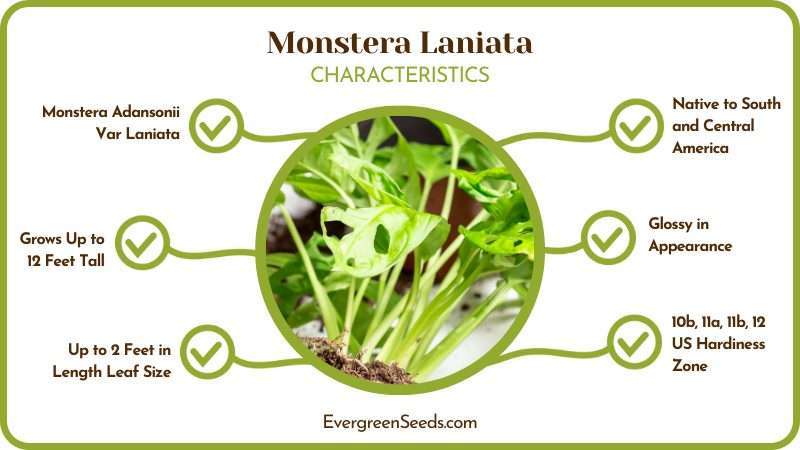
– It Is A Simple Plant To Take Care Of
Monstera laniata is a Monstera adansonii that is very easy to care for, even for first-time plant parents. Just 5 to 10 minutes of care every other day, and your swiss cheese plant will grow exuberantly when grown indoors.
Please note that direct light will make the leaves lose their color and even burn them. That is why you better place this plant someplace it is lit brightly but only in an indirect manner.
Watering this plant is also easy to figure out. If you have a moisture meter at home, a reading of two means the soil needs watering. Otherwise, stick a pencil two to three inches deep within the soil; if it comes out dry, it is time to water.
For the healthiest plant, you better use distilled water – to eliminate any unnecessary chemicals – although laniata would also tolerate water from the tap.
Any chunky potting mix with a significant quantity of peat added works well. You can buy any ordinary potting mix and then improve it by adding additives like coco coir, peat, perlite, and moss. A container made from any material would work well, but terracotta and clay containers are the best choices.
Laniata Monstera likes warm weather and high humidity, so you can easily fulfill both conditions indoors. Mist your Monstera adansonii laniata leaves lightly every third to fourth day to prevent them from drying out. You will only need to fertilize this plant every two weeks using a diluted and gentle fertilizer for Monsteras.

– There Are Several Ways To Propagate It
Monstera adansonii laniata is the best houseplant for propagating by yourself. It is even easier to propagate than other popular varieties such as Monstera acuminata and Monstera obliqua. You can try propagating it through air layering, seeds, leaf cuttings, and stems. Cuttings can even be propagated using clean water as the growth medium.
It would be best to make a shallow cut on a healthy stem involving a leaf node for air layering. Cover this cut with moist sphagnum moss and cover the whole stem using foil and strings.
After a few weeks, check to see if new roots are growing and whether the moss needs watering. When the new roots growing from the cut become a few inches long, cut that part of the stem and transplant it into a potting medium.
– It Is Easily Propagated In Water and By Seeds
Using stem and leaf cuttings in water is another unbelievably straightforward method. All you have to do is take a few leaves or five to six inches long stem pieces and plant them in the appropriate soil.
Alternatively, you can put your stem in water, where it will easily grow new roots within two weeks. After this, you can transplant the cutting into a pot to carry out the rest of its growth.
For seed propagation, all you have to do is to put a handful of seeds in moist sphagnum moss. Please make sure they get plenty of humidity, moisture, and indirect sunlight for the next one and a half months. The success rate of all these types of propagations is very high. Soon you will be gifting everyone you know a laniata plant of their very own.
– It Helps Clean The Surrounding Air
Just like Monstera deliciosa, the laniata Monstera, too, can carry out very effective air exchange through their gigantic leaves. Mostly it removes carbon dioxide from the air and releases fresh oxygen back into it.
According to research by NASA, this plant can also remove several other toxins that are now becoming increasingly frequent in our breathable air.
This property makes it an ideal plant for those suffering from breathing problems like asthma. Many claims that growing this plant has made the air around them much healthier and fresher to breathe.
What Is Monstera Lechleriana Best For?
Monstera lechleriana is best for growing as an indoor plant as it needs only a basic level of care regularly. Many people keep it solely due to its aesthetic value. Not to mention that its large leaves serve to purify the air in your house quite effectively.
– It Has Easy Plant Care Needs
Monstera lechleriana is best as an indoor houseplant because of its easy care needs. It grows well only under bright light that is either indirect, dappled, or filtered. Direct exposure to bright light will cause it to suffer from burns, failing to form its characteristic fenestrations under low light.
Besides light requirements, figuring out when to water your Swiss cheese vine plant is also quite straightforward. Only the top two to three inches of the soil need to be allowed to dry before you water it. This corresponds to a reading of two on a moisture meter. Water slowly using only a moderate volume of water because the thick lechleriana leaves also store water in their leaves.
Making your potting mix for this Monstera is also pretty easy. All you need is equal parts orchid bark, coco coir, and perlite with a small amount of composite or worm castings. To make your Lechleriana grow faster, you only need to feed it every two weeks. Use a mild fertilizer in liquid form that has been diluted to half its strength.
Inside the house, you will find it easy to maintain the warm temperatures and 70 percent humidity that this plant needs. If you struggle with maintaining humidity, place a water-filled container next to this plant and see how it improves the air moisture levels around it.
– It Looks Great
This is no doubt one of the prettiest houseplants ever. This plant has more of a vine-type growth habit and produces thick and leathery leaves. These leaves are about 10 inches long and of the brightest green color.
The leaves have a single thick vein running down their centers and fenestrations on more than half the surface of the mature leaves. These fenestrations are round and closer to the central vein than the edges of the leaves. Also, the fenestrations become more rounder and increase if proper Monstera lechleriana care is carried out.
Monstera lechleriana variegated varieties are extremely rare to find and obtain as houseplants. The normally light green leaves obtain gorgeous dark green and white striations in the most exotic pattern imaginable. Whether variegated or non-variegated, this is undoubtedly one of the most good-looking narrow form Monstera.
– It Has A Ton of Health Benefits
This is a plant that is not only good for the eyes but your overall health as well. People who are into yoga and herbal medicine recommend keeping this plant for several reasons. First, its leaves’ large surface area means it can carry out better gaseous exchange than most smaller houseplants.
It also improves the humidity of the indoor living space where it is grown. Since it needs frequent watering and misting as part of its growing conditions, it also tends to release this moisture back into the air. You will feel the beneficial effects of this property, especially in wintertime when the air gets dry because of radiator use.
Fenestrated lechleriana leaves tend to catch dust particles on their surface regularly. They are so good at removing dust from the air, making it much cleaner to breathe. All you have to do in return is to wipe their leaves every once in a while. How amazing does that sound?
– It Is An Unproblematic Plant
Trust us when we tell you how low-maintenance this plant is. If you have been fulfilling all of its needs and requirements properly, it won’t even give you a moment’s worth of trouble in all of its life. In some cases, Monstera leaves might start turning black, but this is an easy-to-solve problem.
It is quite resistant to all sorts of common household diseases and pests. Unless you have been careless regarding watering or hygiene of your gardening tools, you will not face these two problems with this plant. However, rust fungus on monstera is a common issue these plants have.
Final note:
Yes, Monstera lechleriana is a very rare plant to come across. It is native to certain limited regions in South America, like Panama and Venezuela.
We think both of these plants are worth having in your personal collection. However, Monstera laniata is easier to obtain, is hardier, and can grow more in size than the other plant. It is also much easier to propagate, so you can increase your collection instead of constantly looking for Monstera laniata for sale somewhere.


